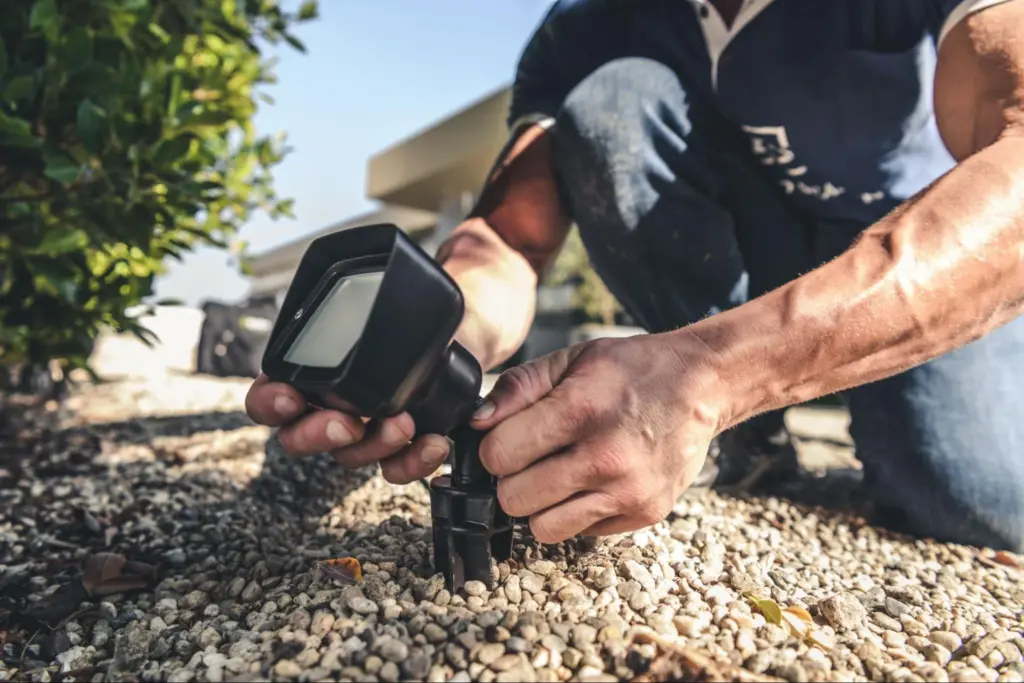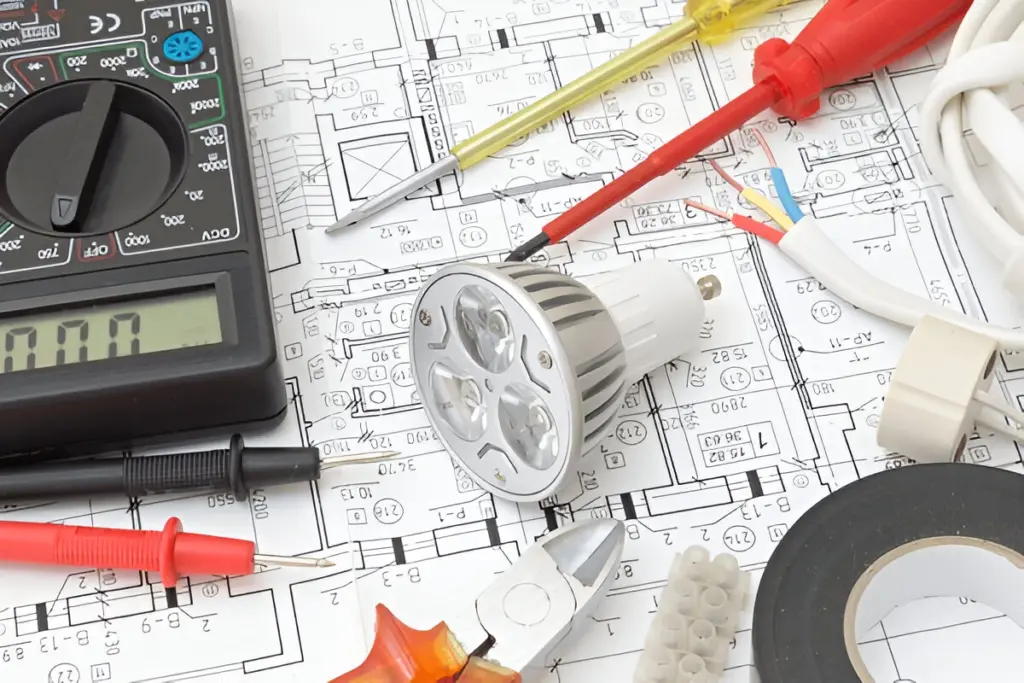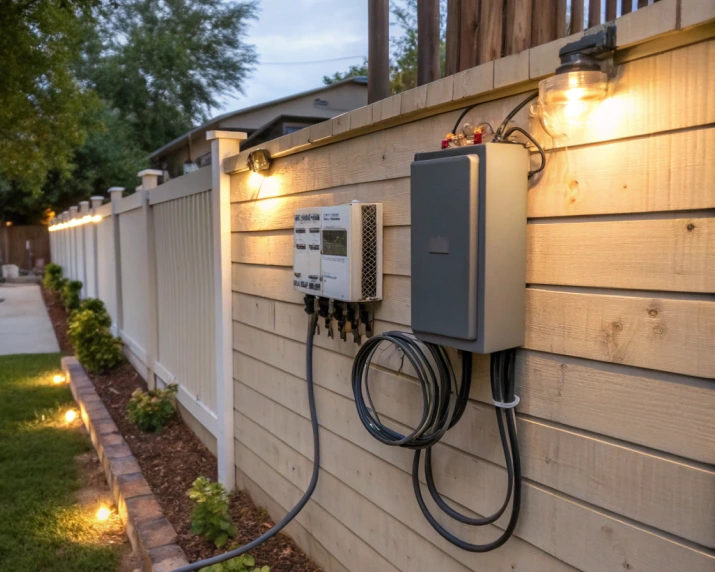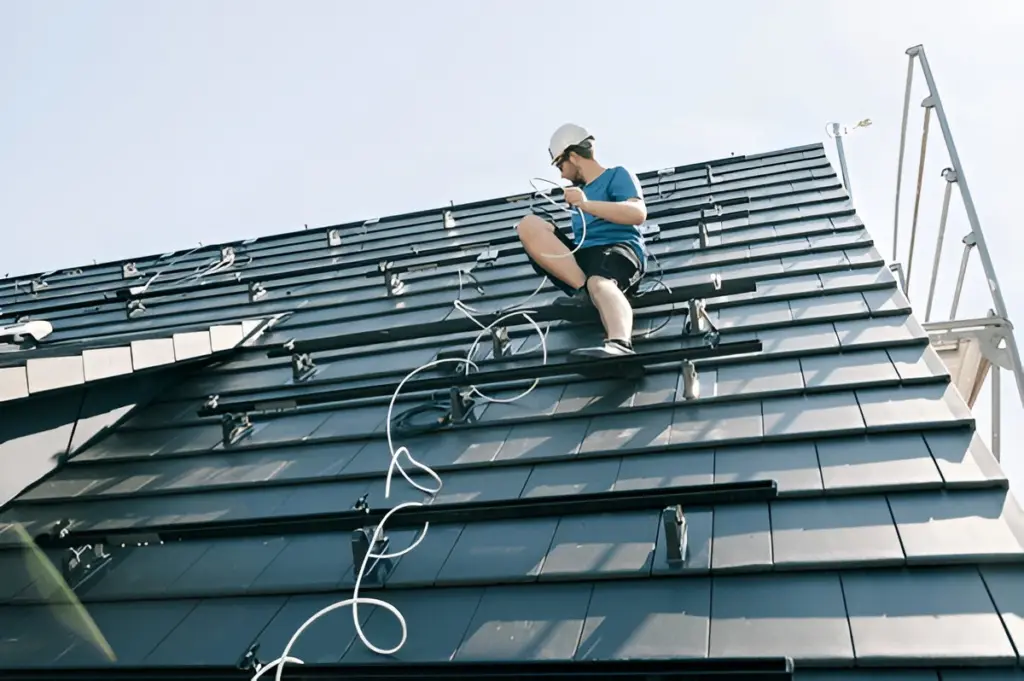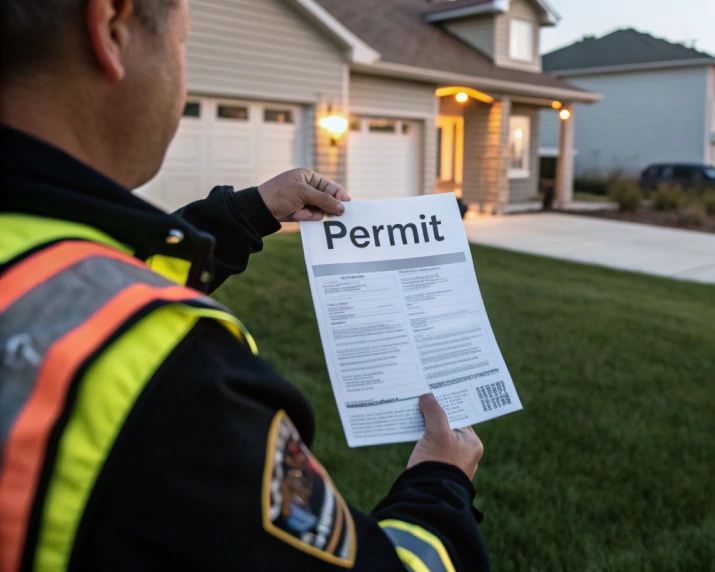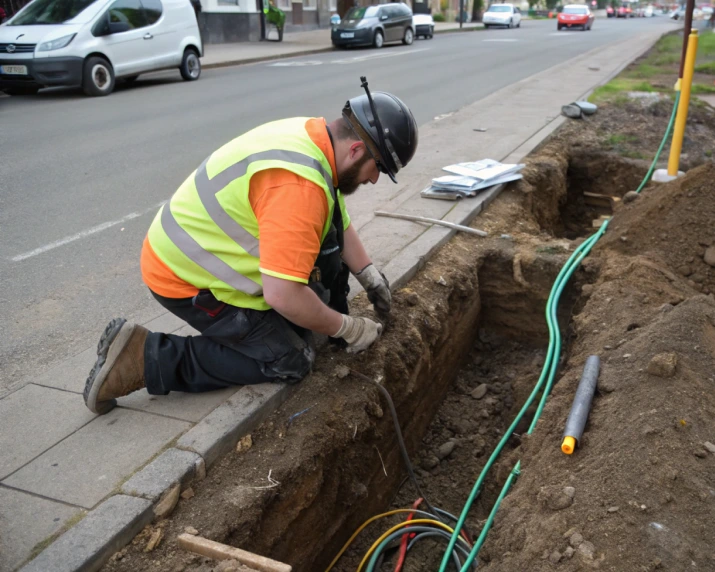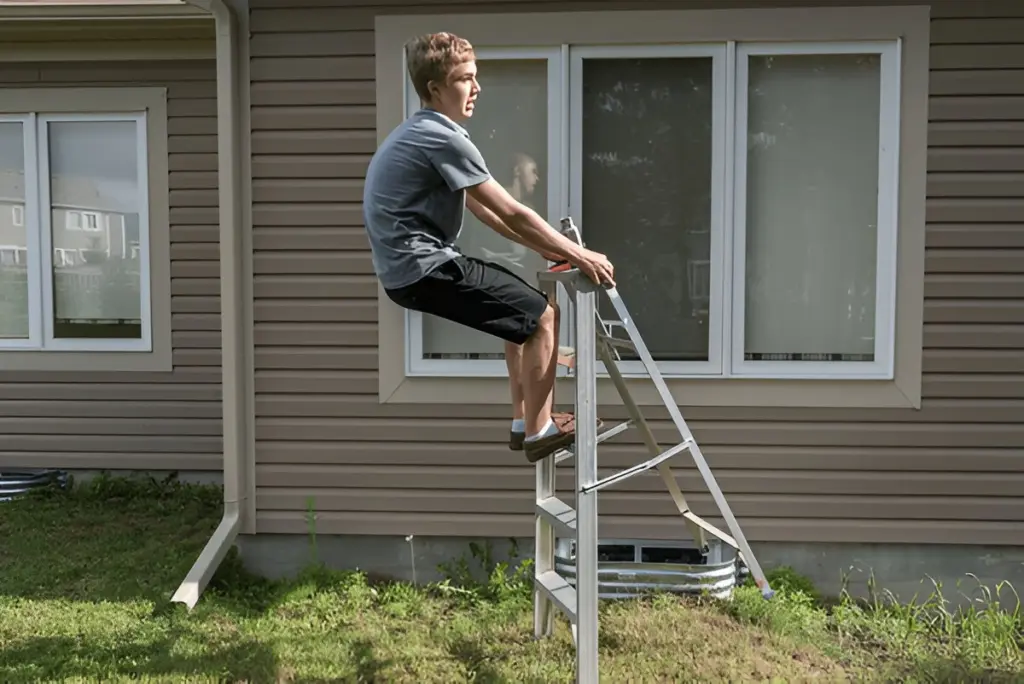A beautifully designed backyard can lose its magic when lights buzz erratically or fail altogether. Amateur installations often leave cables exposed and focal points in dark shadows.
Each outage means another weekend spent hunting for the culprit while worried guests tiptoe carefully around unlit steps. The frustration of wasted weekends and emergency visits can ruin your outdoor plans.
Whatever your reasons for outdoor lighting, learn how to avoid these mistakes covered in this blog. Implement insights and suggestions to enjoy seamless evenings without headaches.
Top Mistakes to Avoid When Installing Landscape Lighting in Los Angeles
1. Choosing the Wrong Type of Outdoor Lighting
Relying on fixtures that lack proper weather protection or use mismatched beam spreads can lead to rapid corrosion and uneven illumination across garden paths and seating areas.
Moisture seeps into low‑grade housings, causing bulb failures and short circuits. The exposed metal turns dull and pitted after just one rainy season.
Consequence
- Frequent replacements and higher maintenance costs.
- Safety risks from exposed wiring and slippery puddles.
- Guest frustration as dark spots multiply.
Tips to avoid
- Select fixtures rated for wet locations (look for UL listing or IP65 rating).
- Match the beam spread to each zone’s needs (narrow for accents, wide for walkways).
- Opt for theft‑resistant bases in high‑traffic spots.
- Choose corrosion-resistant finishes, such as marine-grade bronze.
2. Prioritizing Cost Over Quality
A bargain quote often means low-grade lighting materials, equipment, and minimal labor safeguards. Going the cheap route with undersized power supplies creates voltage drops that dim fixtures over time. That initial saving on outdoor lighting installation costs vanishes when you pay again to fix burnt‑out sockets or upgrade to heavier‑duty gear.
Consequence
- Twice the expense, including initial installation plus emergency repairs.
- Weekend plans derailed by blown timers and fuse trips.
- Shorter equipment lifespans and voided warranties.
Tips to avoid
- Request a detailed line‑item breakdown showing wire gauge, transformer specs, and labor hours.
- Compare warranty periods on fixtures and transformers.
- Calculate the total cost of ownership(factor in expected bulb life and transformer efficiency).
- Seek installers who offer preventative maintenance packages.
3. Installation Without a Plan
Avoiding a comprehensive landscape lighting design layout invites tangled cables, overloaded circuits, and misaligned fixtures that glare into windows. Improvised trenching can nick wires, while random placement leaves key plants and pathways in darkness.
Consequence
- Hidden wiring faults that trip ground‑fault interrupters.
- Time‑consuming rerouting and repair of buried cables.
- Unfinished zones that undermine your yard’s appeal.
Tips to avoid
- Sketch a zone plan showing power supplies, cable routes, and fixture spacing.
- Mock-up placements with temporary lights before trenching.
- Label each cable run and test every circuit under load.
- Consult a certified landscape lighting designer to verify load calculations and code compliance.
4. Using the Wrong Transformer Type or Poor Placement
Selecting a transformer sized only for the initial load or tucking it into a damp corner invites overheating and short circuits. Under‑sized units run near capacity nonstop, while hidden installations prevent proper ventilation and complicate troubleshooting.
Consequence
- A transformer failure that plunges your entire system into darkness.
- Frequent fuse trips and electrical hazards.
- Difficult access for inspection or replacement.
Tips to avoid
- Choose a transformer rated at least 20% above your total wattage.
- Mount in a dry, ventilated location above flood level.
- Provide easy access for maintenance, and avoid burying under mulch.
- Install a weatherproof cover but allow airflow around the unit.
5. Ignoring Voltage Drop Over Long Cable Runs
Every foot of wire reduces voltage slightly. Failing to calculate this drop means fixtures at the far end grow noticeably dimmer or fail. Over time, low voltage stresses transformers and shortens bulb life.
Consequence
- Uneven brightness across your yard undermines the design.
- Accelerated equipment wear and unexpected outages.
- Frustration as distant fixtures require frequent bulb swaps.
Tips to avoid
- Use a voltage‑drop calculator or chart before final cable selection.
- Upgrade to heavier gauge cable for runs over 50 feet.
- Place secondary transformers or power supplies closer to remote zones.
- Perform a test run under full load to confirm uniform illumination.
6. Overlooking LA Local Codes and Missing Necessary Permits
Assuming a small backyard project doesn’t require permits leads to code violations and potential fines. Incorrect cable burial depth or missing ground‑fault protection can force costly rework and jeopardize safety inspections.
Consequence
- Stop‑work orders and fines from city inspectors.
- Time‑consuming reinstallation to meet code requirements.
- Voided insurance coverage if an electrical accident occurs.
Tips to avoid
- Check the LA building code for low‑voltage lighting regulations.
- Obtain permits before digging or trenching.
- Bury cables at the required minimum depth (commonly 6 inches for low‑voltage).
- Ensure GFCI protection at the source per local standards.
7. Skipping Pre‑burial Testing Before Backfilling Trenches
Burying cables without powering up the system first can trap hidden faults underground. A single nicked conductor or loose fixture connection remains undetected until weeks later, when troubleshooting means digging up fresh soil.
Consequence
- Costly re‑excavation and landscape repair work.
- Extended downtime as you locate the failure point.
- Risk of water intrusion in damaged junctions.
Tips to avoid
- Power on each zone and verify every fixture lights correctly before covering cables.
- Inspect cable insulation for cuts or abrasions along the entire run.
- Use a multimeter to check the voltage at every connection point under load.
- Label trenches on a detailed map so you know exactly where to dig if a repair is needed.
8. Relying on Substandard Wire Connectors and Splices
Low-quality wire nuts or unsealed connectors invite moisture intrusion and corrosion. Over time, those contacts loosen, causing flickering lights or intermittent failures that are hard to diagnose.
Consequence
- Random outages that frustrate homeowners.
- Safety hazards from exposed live wires.
- Accelerated corrosion that damages expensive fixtures.
Tips to avoid
- Choose UV‑resistant, gel‑filled connectors specifically designed for outdoor low‑voltage use.
- Apply silicone sealant around each splice for extra moisture protection.
- Crimp ferrules onto stranded conductors before connecting for a rock‑solid contact.
- Inspect and retighten connectors during each seasonal maintenance visit.
9. Neglecting Routine Maintenance and Seasonal Inspections
Even the best‑installed systems need care. Leaves, dirt, and grass clippings can smother fixtures, while shifting soil may expose cables or tilt spotlights off their target. Failing to check regularly leads to uneven lighting and equipment stress.
Consequence
- Dull, unbalanced illumination that spoils your design.
- Hidden damage that worsens over time.
- The shortened lifespan of transformers, bulbs, and fixtures.
Tips to avoid
- Schedule inspections twice a year(once before summer and once before winter rains).
- Clean lenses and trim vegetation around each light.
- Verify cable burial depth and reposition fixtures that have shifted.
- Replace worn bulbs and test transformer fuses before peak usage seasons.
10. Choosing DIY Over Professionals
Tackling a full landscape lighting install on your own can look like a money‑saver up front. Yet without specialized tools, proper wiring techniques, and deep knowledge of low‑voltage systems, you risk wiring errors, mismatched components, and code violations.
Consequence
- Hidden wiring faults that trigger ground‑fault interrupters.
- Voided warranties when fixtures are installed improperly.
- Unexpected expenses from hiring a pro to rescue a failed DIY job.
Tips to avoid
- Weigh true savings by comparing equipment rental and supply costs, plus your time, versus a professional quote.
- Start with a single zone or accent area as a pilot project rather than your entire yard.
- Request a site visit from a licensed installer for guidance and lighting setup.
Role of a Professional in Avoiding Landscape Lighting Mistakes
1. What Sets a Seasoned Crew Apart from a Weekend Project
There is a clear difference between a hurried DIY attempt and an installation backed by deep experience. We at Elevated Seasons have completed over 1,000 projects and bring more than 40 years of combined field expertise. From our first visit, we assess property contours, architectural lines, and existing electrical layouts to inform every decision.
This proactive study stops common blunders such as misplaced fixtures or tangled wiring before they ever happen. The outcome is an outdoor lighting scheme that looks intentional from the moment you switch it on.
How a skilled team of professionals can help:
- They revisit the property at different times of day to confirm sight lines and reveal key focal points.
- They produce an initial sketch that balances safety paths with aesthetic highlights.
- They calculate each circuit’s load capacity to maintain even brightness without overload.
- They choose fixtures that complement the home’s style and endure local weather conditions.
2. Access to Trained Professionals
Experience alone is not enough unless it is supported by rigorous training. Our team of over 50 lighting specialists completes an immersive 3‑month program covering electrical safety standards, moisture‑proofing techniques, design theory, and customer care.
A team of trained pros ensures every transformer gets mounted correctly, every splice is sealed thoroughly, and every cable is buried at the proper depth. The result is a system that works reliably for years without surprise outages.
What structured training delivers
- Live load tests on every circuit before trenches get backfilled.
- Purpose‑built connectors are sealed against moisture and corrosion.
- Detailed cable maps and labeled junctions for effortless future servicing.
- A multi‑step quality audit that checks torque on terminals and insulation integrity.
3. Bringing Balance and Beauty to Every Inch
Effective outdoor lighting does more than simply cast light; it shapes the evening atmosphere. By weaving in fresh landscape lighting ideas, we ensure patios, garden beds, and walkways interact so illumination flows smoothly from one zone to the next.
By spacing fixtures thoughtfully and fine‑tuning beam angles, we preserve depth while avoiding glare. This approach highlights architectural features and landscape elements in harmony, creating an inviting mood for every occasion.
Key design practices
- Layering ambient, accent, and task fixtures to define spaces without overwhelming any single area.
- Adjusting beam spreads to wash textures softly and prevent harsh shadows.
- Anticipating how seasonal growth shifts will affect fixture placement over time.
- Demonstrating final settings so homeowners feel comfortable with brightness levels and controls.
4. Post-Installation Peace of Mind with Warranties
Having a robust warranty transforms a lighting project from a one‑off expense into a lasting investment. We at Elevated Seasons back every system with comprehensive warranties on fixtures, transformers, and labor.
A proper coverage ensures that minor glitches or component failures get addressed promptly without surprise costs.
How experts support you
- Schedule periodic checkups to catch issues early.
- Respond quickly to service requests with minimal disruption.
- Provide transferable coverage to protect future homeowners.
5. Proven Track Record That Speaks for Itself
A flawless success rate reflects more than luck; it shows disciplined processes, skilled execution, and rigorous quality control. We at Elevated Seasons have achieved a 100% success rate across all installations, with zero projects requiring major revisions.
Our track record underscores reliability from planning through final inspection. Knowing a team has consistently met client expectations gives you confidence in your own project’s outcome.
How experts ensure excellence
- Follow standardized protocols to maintain consistency on every job.
- Conduct thorough quality audits before handing over the system.
- Adhere to agreed schedules and budgets without shortcuts.
- Cultivate client trust through clear communication and reliable results.
Conclusion
In every outdoor lighting project, real success comes from thoughtful planning, clear execution, and lasting support. By avoiding common pitfalls and trusting skilled installers, you turn your evening landscape into a safe, welcoming showcase that stands the test of time.
With careful design choices, reliable components, and comprehensive warranties, you gain peace of mind and a beautiful setting for gatherings and quiet nights alike.
Ready to transform your home with confidence? Reach out to Elevated Seasons today for expert landscape lighting services. Let our team bring decades of experience and proven processes to your home so you can enjoy flawless illumination every evening.


